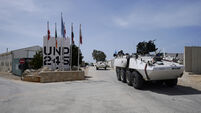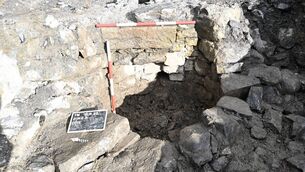Sophie Toscan du Plantier savagely lost her life near a place she saw as refuge

Sophie Toscan du Plantier had, by all accounts, a glamorous lifestyle in France but she also sought a retreat, occasionally, from being in the public eye in Paris.
Her actor husband Daniel Toscan du Plantier had established his own film production company. Sophie once had a desire to become an actress.













